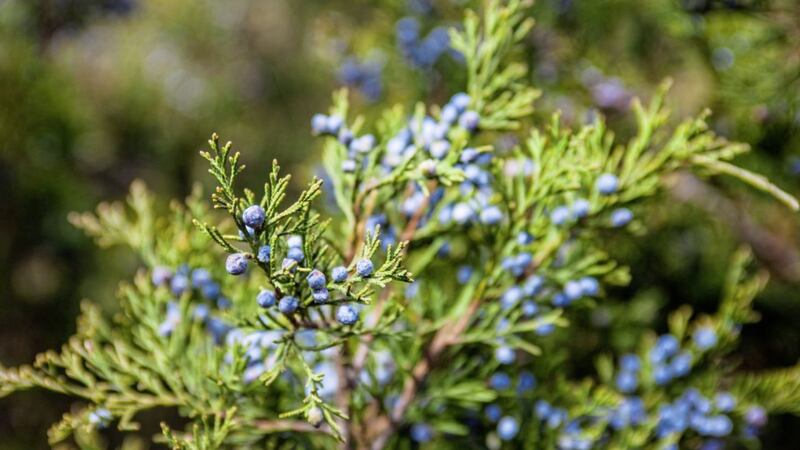I REGARD with deep suspicion anybody who says this is their favourite time of the year – and that includes my wife and daughter.
When the clock goes back it signals the psychological start of winter. From now through to the end of February (when dusk first comes after six o’clock) it’s like we’re at the mercy of limited daylight.
Thankfully, this anticipated but nonetheless sudden realisation has no further impact on me than prompting slightly more complaining than usual in the days immediately after the hour goes back. For others, however, it can be more severe and in extreme cases is diagnosed as SAD (seasonal affective disorder), a type of depression that recurs on a seasonal basis.
For the gardener and the garden, the next few months are very much down time, a period of relaxation, replenishment and getting prepared for next year. Now that the last leaves are falling, interest is increasingly limited in the ornamental garden, so try and take maximum pleasure from plants which can appear mundane at other times of the year.
The juniper is one such plant. Not especially big or showy, this prickly evergreen is unlikely to stop you in your tracks to marvel at its wondrous needles and berries but if you do choose to take a closer look, it won’t disappoint.
The native Irish juniper (Juniper communis or Aiteal, as Gaeilge) is mostly found on rocky limestone terrain like that in the Burren or west Donegal. It’s not as common in the north east of the island but can be found in the Mournes, on the north coast’s basalt cliffs and in Carboniferous limestone areas of Co Fermanagh.
Given the exposed nature of its favoured habitat it is most often prostrate with occasional upright branches. Like holly, it bears male and female flowers on different plants, meaning they must be cross pollinated in order to produce berries. Used to flavour gin, the berries are green in the first year ripening to blue-black in the second, when they can be harvested. The tree gives gin its name as it’s derived from the Dutch word ‘genever’ meaning juniper.
In the wider juniper family, there are up to 60 species, ranging from prostrate shrubs to tall trees. You’ll likely find a juniper for every situation, in rock gardens, borders, and as specimen plants.
More suited to gardens than the native species is Juniper communis ‘Compressa’, which reaches a maximum height of 80cm and is ideal for growing in a trough or pot. ‘Hibernica’ is similar, in that it is another columnar shaped shrub, but bigger and faster growing than ‘Compressa’ reaching a maximum height of 3-5 metres. ‘Grey Owl’ is a low, spreading cultivar of Juniperus virginiana that is superb as a ground cover plant.
Juniperus squamata is popular in gardens because it can be either a prostrate shrub, a spreading bush or a small upright tree, depending on variety. Many of these have gorgeous glaucus or blue-grey foliage that adds a further interesting dimension typified by the aptly-named‘Blue Star’.
‘Holger’ has wonderful foliage effects, the new growth being sulphur yellow which contrasts with the steel-blue of the older leaves. ‘Meyeri’ is different again, a larger shrub with arching branches and glaucus foliage, it reaches a height of between four and 10 metres and a width of up to eight metres.
Junipers are tolerant of many conditions and will thrive in quite hostile situations, such as hot, sunny sites or cold wet ones. Good drainage will always help its chances. Very little pruning, if any, is required.








